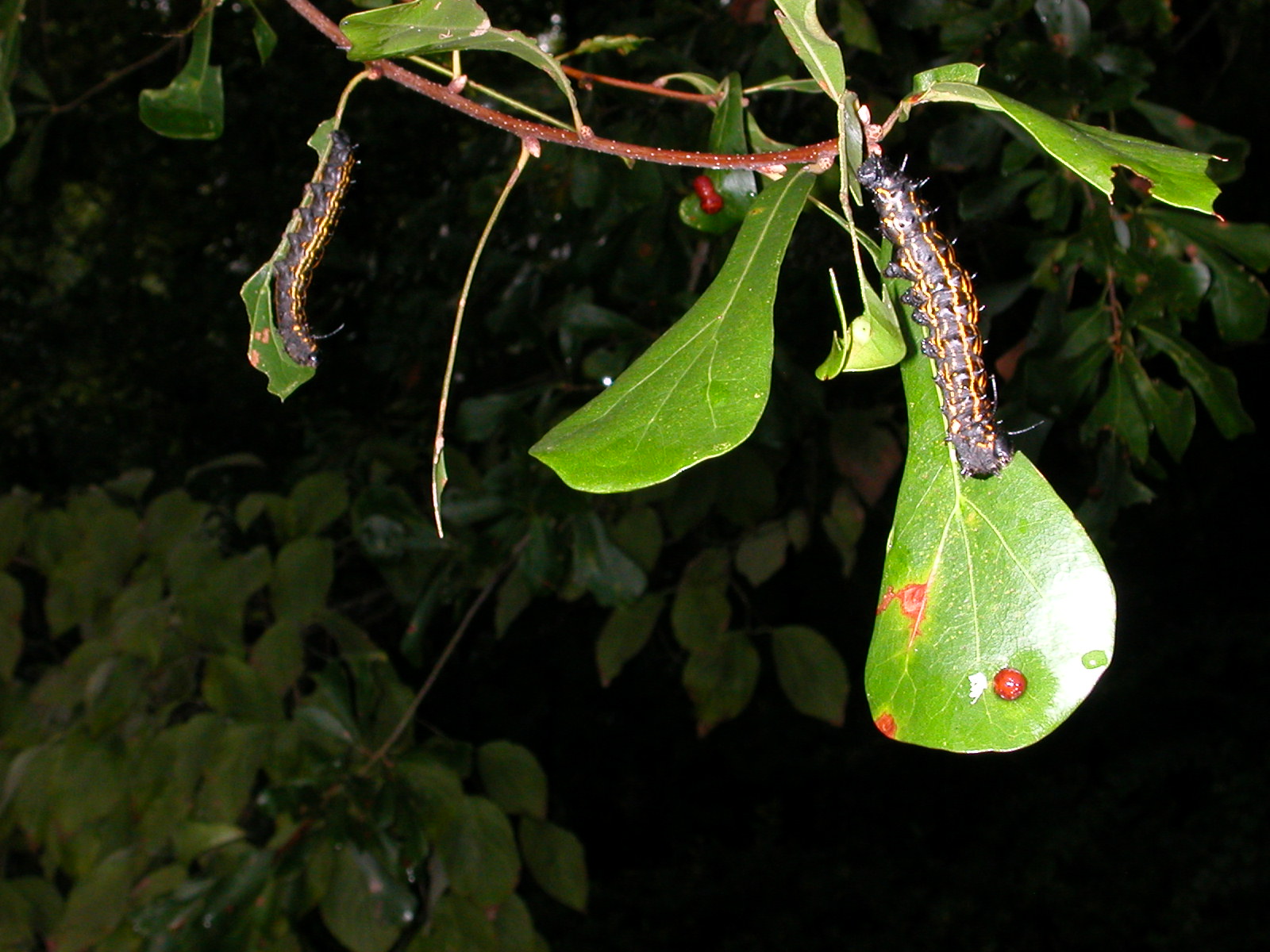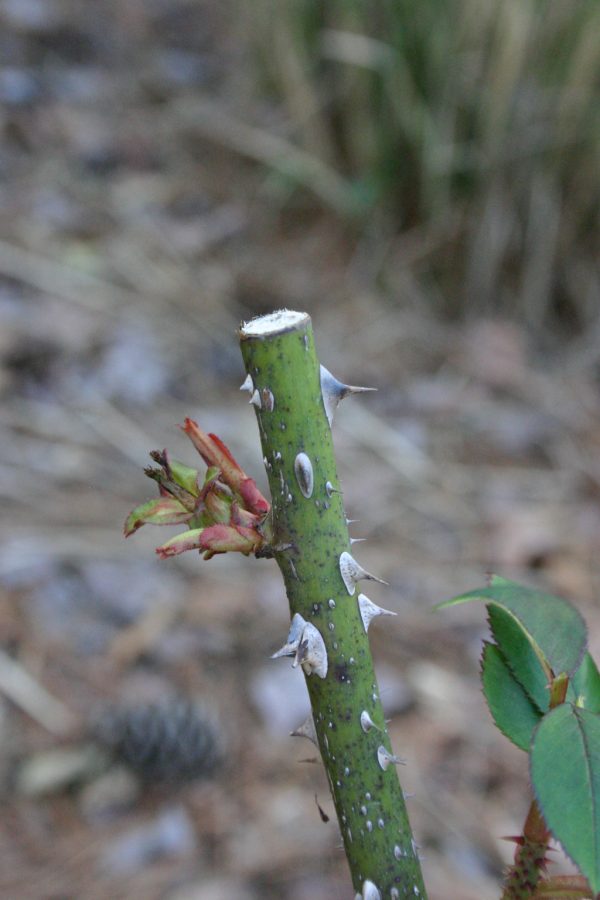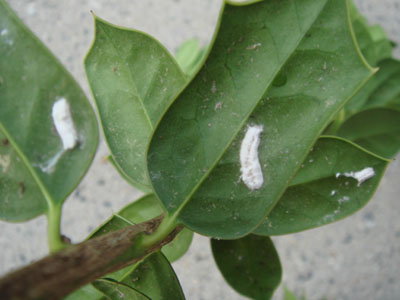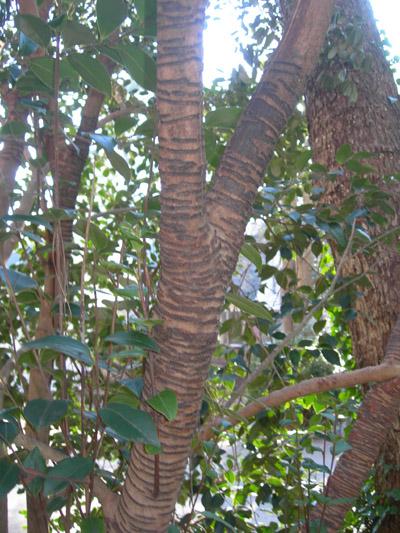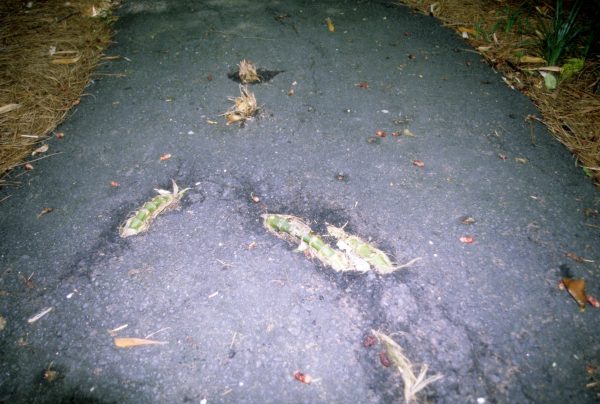Orange-striped Oak Worm

“Here today – gone tomorrow” is an apt description of oak tree branches having a population of orange-striped oak worms, Anisota sanatoria or Anisota peigleri.
These caterpillars are basically a “stomach with legs”, so leaves disappear rapidly during the weeks they feed. The caterpillars are two to three inches long, with yellow-orange stripes running the length of their body. White bristles emerge along the body, above the legs.
Because the oak worm ingests such tremendous amounts of food, one of the ways it is discovered is the thickly scattered waste pellets that fall from tree foliage. On a quiet day, the pellets can be heard clattering down through the leaves and hitting the ground below.
These fall caterpillars are the offspring of a moth who laid her eggs on the tree several weeks ago. At first, the damage from the tiny worms is undetectable. As they grow larger, it is easy to see where they dine.
Fortunately, poisons are rarely needed. Mother Nature provides a lifespan of only a few weeks before the caterpillar drops to the ground and pupates.
If the fecal pellets are objectionable, an organic control works well. Bacillus thuringiensis (B.t.) (click for sources) is a disease spore sold as Dipel, Thuricide, Caterpillar Attack, etc. This spore is harmless to mammals and birds but it causes caterpillars to stop feeding as soon as they ingest it. After a few days, dead caterpillars will hang limply from the formerly disappearing leaves.
Usually there is only one generation per year and control measures are not necessary. Since oak trees lose their leaves naturally in the fall, even complete defoliation does little harm.


